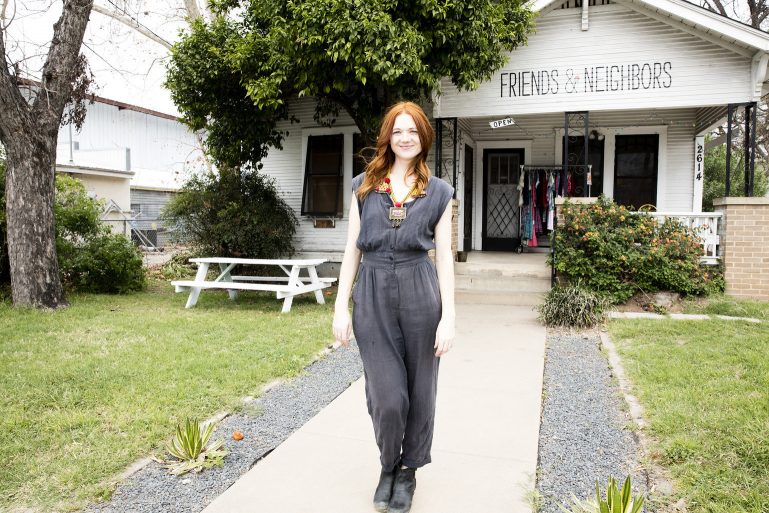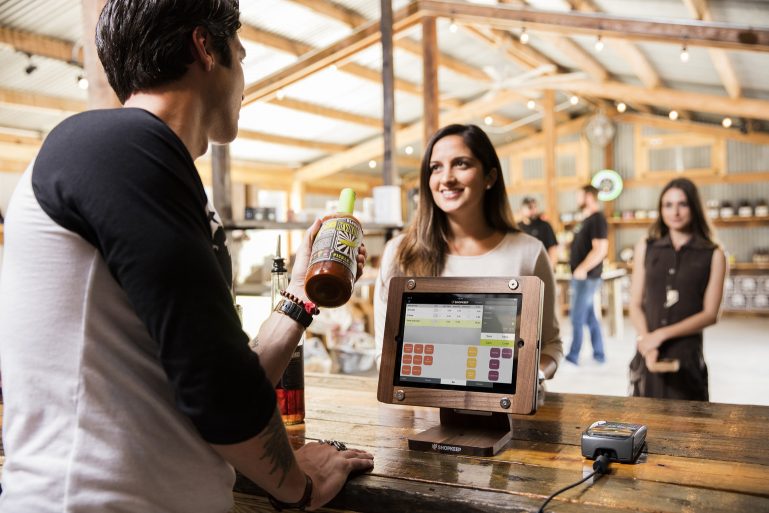
5 Sustainable Business Practices to Make Mother Earth Smile
The last decade has seen a consistent rise in the popularity of sustainable business practices. Consequently, customers are now more likely to care about the way your business impacts the world around us.
It doesn’t have to be difficult to meet these expectations and stay on the good side of today’s conscientious consumer. There is now a range of cost-effective, energy-saving practices that are not only great for the environment but can also cut your operating costs.
Energy saving tips don’t have to require major green overhauls. Here we focus on some easy and affordable ways you can improve your business location, improve your energy rating, and keep your green-aware customers happy.
1. Start from the outside and work your way in.
Even if you are leasing your space, you shouldn’t ignore the exterior of your business. Your doors and windows could be letting precious hot or cool air escape through cracks and crevices, which will ultimately drive up your electric bill. Plugging leaks with caulking or weather stripping is a simple D.I.Y. fix that can be done on the weekend or when your business is closed. This will seal both your entryway and ensure that your monthly bill won’t creep upward. If you rent, however, it’s always a good idea to run any small fixes by your landlord. We doubt that they’ll say no to energy conservation, but they will appreciate you asking.
2. Forgo Unnecessary Packaging
Just because you have a plethora of packaging to pretty your items and send them on their way, doesn’t mean you need to use all (or any of it) every day. Though you might have dropped a pretty penny for shopping bags printed with your logo, forgoing the use of a few here and there is not only a solid sustainable business practice but will also save you some cash in the long run.
A good rule of thumb for deciding when not to bag or package an item is to ask your customers. If they’ve only purchased one small item and already have a bag with them, ask if they feel they need an additional bag. Or maybe that single muffin you traditionally would put in a paper bag would do just as well on a napkin. They might very well say they’d prefer a bag. But hey, you don’t know if you don’t ask. You can also place a sign next to your cash register letting your customers know that your business is doing its utmost to help the environment. So even if they opt for packaging, they’ll still know that your shop is environmentally aware and doing its part.

3. Cut the Receipts
Most businesses, regardless of whether they are a retail shop, a full-service restaurant or a QSR, use more paper than necessary. You might already have recycling bins and be encouraging your employees to be conscientious of their waste, but have you ever thought about the paper that leaves your business with your customers? Yes, we’re talking about receipts. If you haven’t already, offer your customers the option of passing on a paper receipt, while opting for an email receipt instead. In the process, you’ll also save money on printing paper. A robust POS system should allow you the option of collecting email addresses and sending out receipts. You’ll also be doing your email marketing efforts a favor, by collecting additional email addresses at the point of sale.
SEE ALSO: Increase Your Email Address Collection at the Point of Sale
4. Clean Green
It won’t come as any surprise to you that traditional cleaning supplies are loaded with harsh and often dangerous chemicals that hurt not only humans but Mother Earth as well. So why not ditch the Lysol and go green? If it sounds like an overwhelming project, trust us, it’s not. The next time you go to purchase cleaning supplies, just restock your old toxic brand with a greener and healthier version. Most of the time you’ll see little (if any) of a price difference. The impact, however, it will have on both your team’s health and the health of the environment, far outweighs any additional cost. You’ll probably also notice that your business will smell better as well. Where harsh cleaning chemicals can leave a stinging odor, eco-friendly products tend to smell, well, better. Not only will you appreciate the difference, but your customers will as well.
If you don’t do your own cleaning, but instead contract a service, that’s ok too. Even cleaning services are jumping on the eco-friendly wagon and offering the option of environmentally friendly products. If it turns out the service you go with doesn’t offer a greener alternative, buy your own cleaning supplies and request the team that services your store use those products instead. Most likely they’ll be more than willing to accommodate. If they aren’t, it just might be time to cut them loose.
5. Cut the cord, or at least unplug it.
You might be surprised to know that even if an appliance or piece of machinery is turned off, it’s still sapping electricity from the outlet. Don’t believe us? Here’s a list of common household (and business) appliances that use the most energy, even when turned off. We’re not saying that you should unplug all appliances from all outlets before you lock your doors at night, but unplugging a few larger items, such as desktop computers, stereo systems, and coffee pots, can add up to a significant amount of saved electricity over time. Though it might feel like an odd habit to adopt initially, making it part of your nightly routine will help ensure that it actually gets done.
Adopting sustainable business practices is often a slow process. No one goes green overnight, but implementing just a few changes over the course of the year can get you started down the right path. Have an eco-friendly business practice that you want to share with us? Tweet us @ShopKeep.
Want to try ShopKeep for yourself?
Just answer a few easy questions.
Need help finding the right point of sale?
Just complete the form. We’ll call you right back to explain how ShopKeep can work for you.
Hit the ground running.Sprinting, in fact!
Read our free, comprehensive guide, Small Business 101, to learn all you need to know about starting a thriving business.

